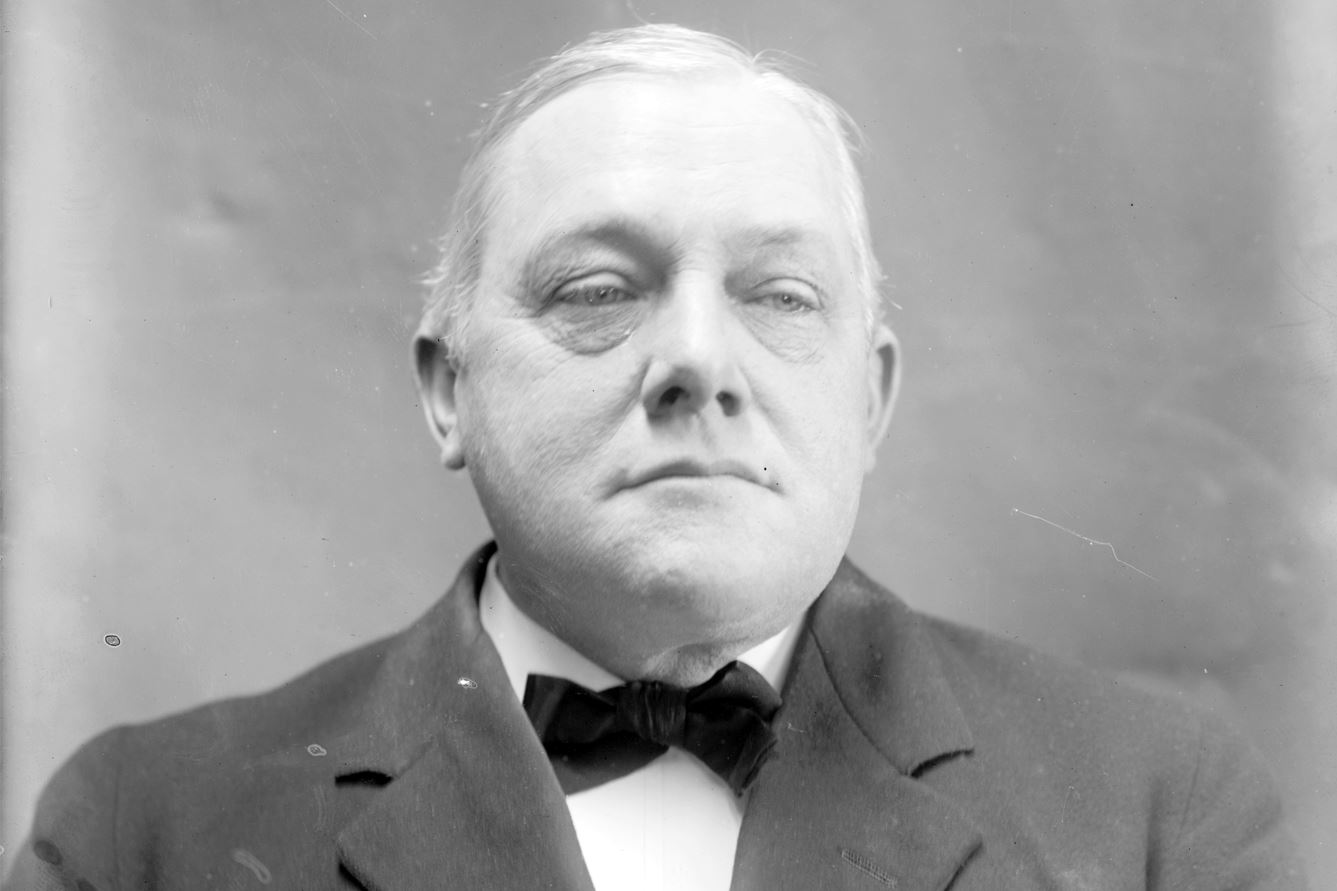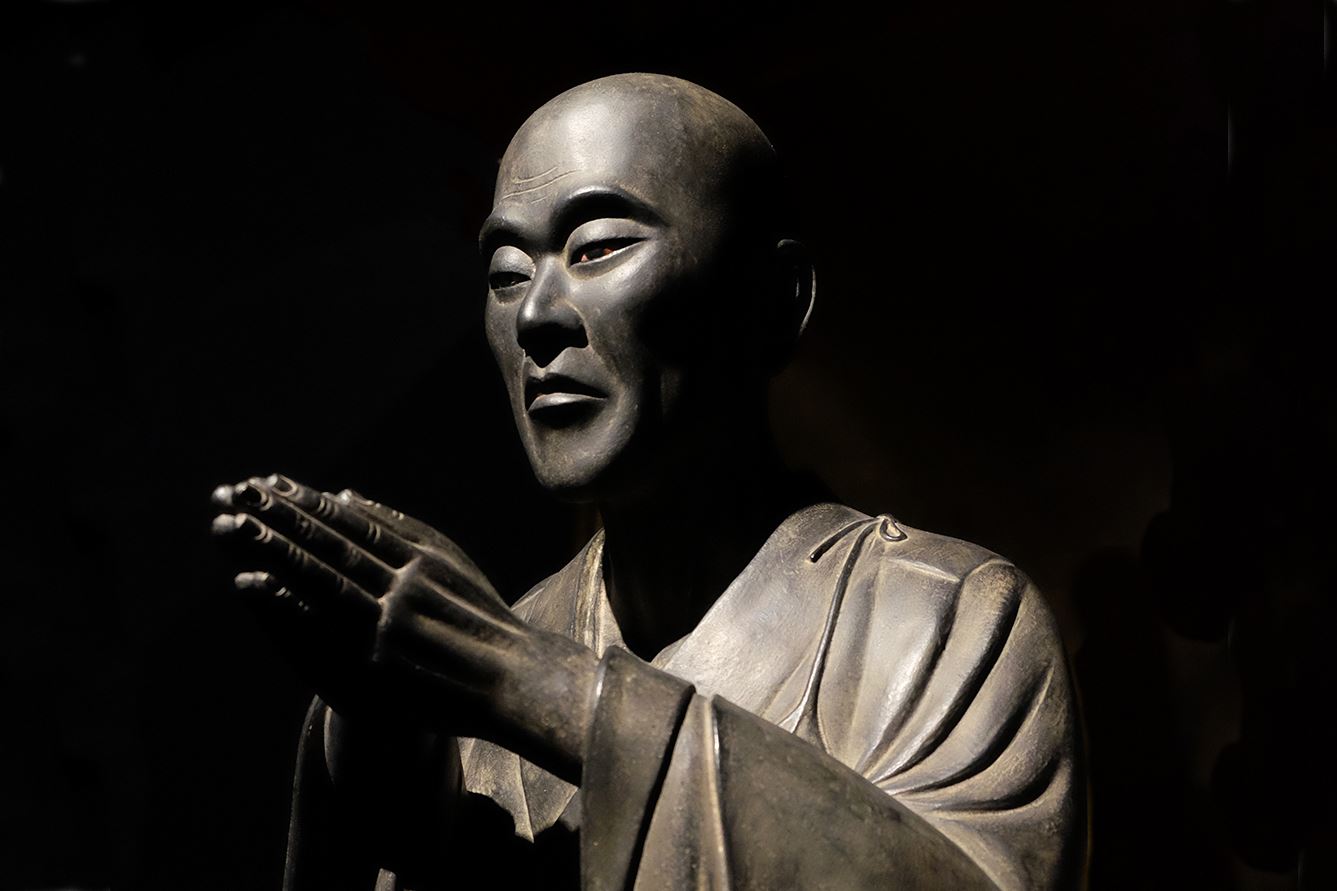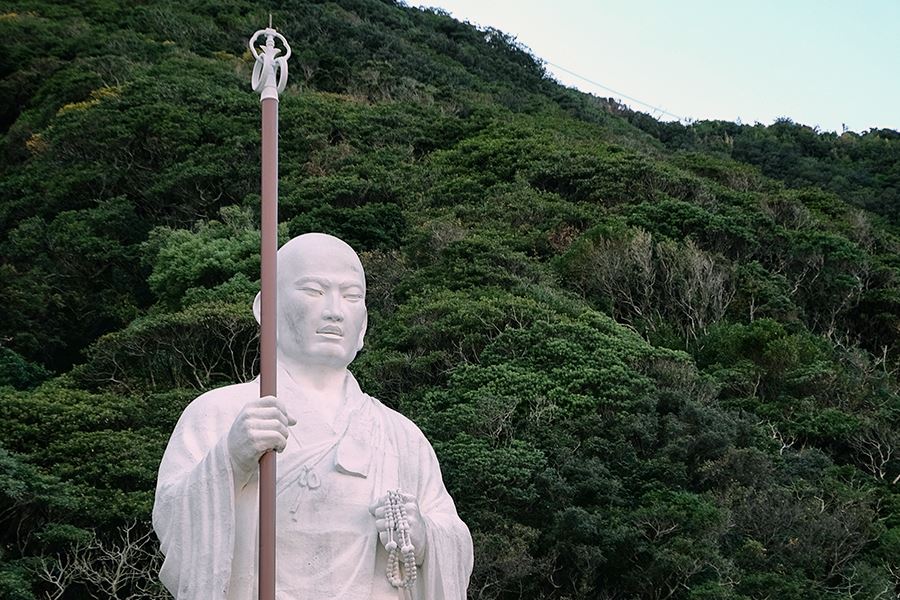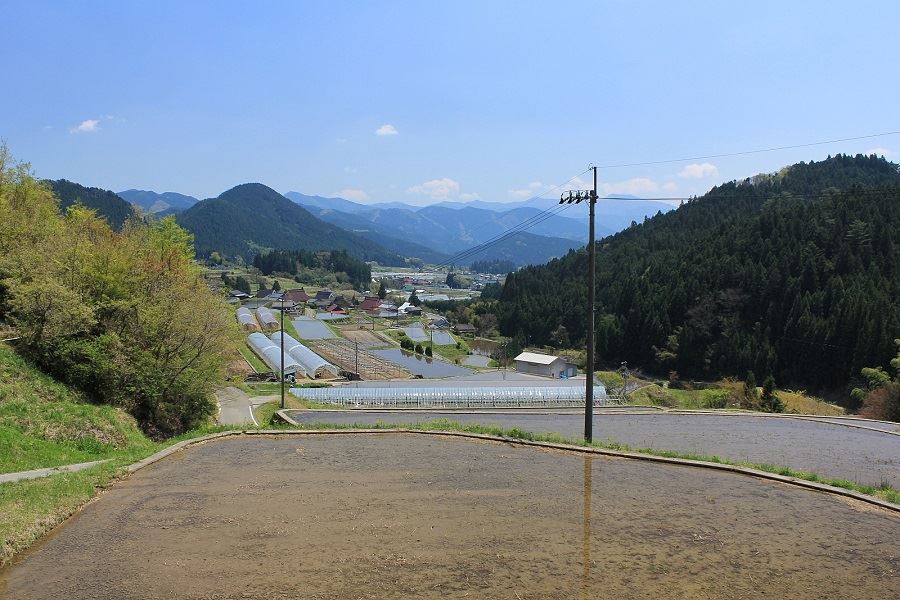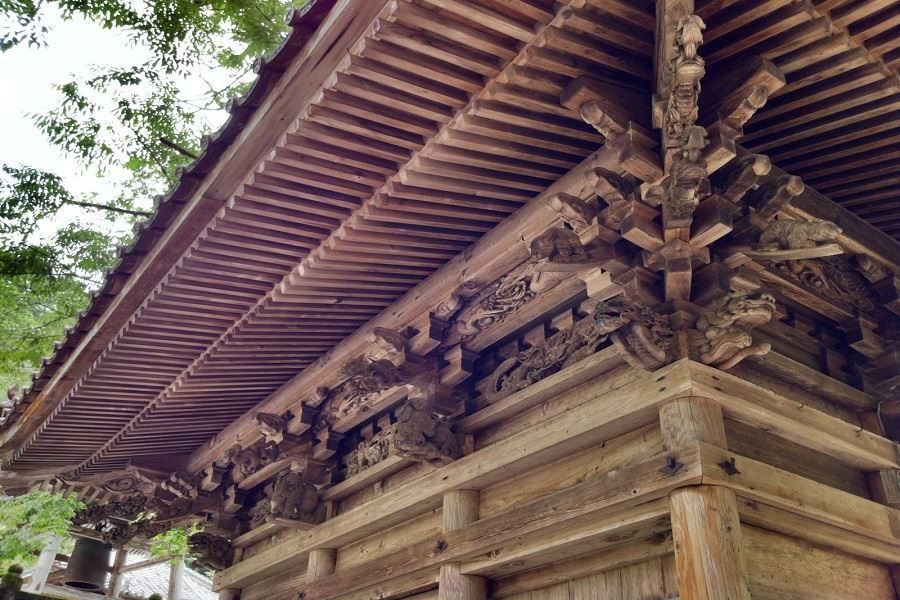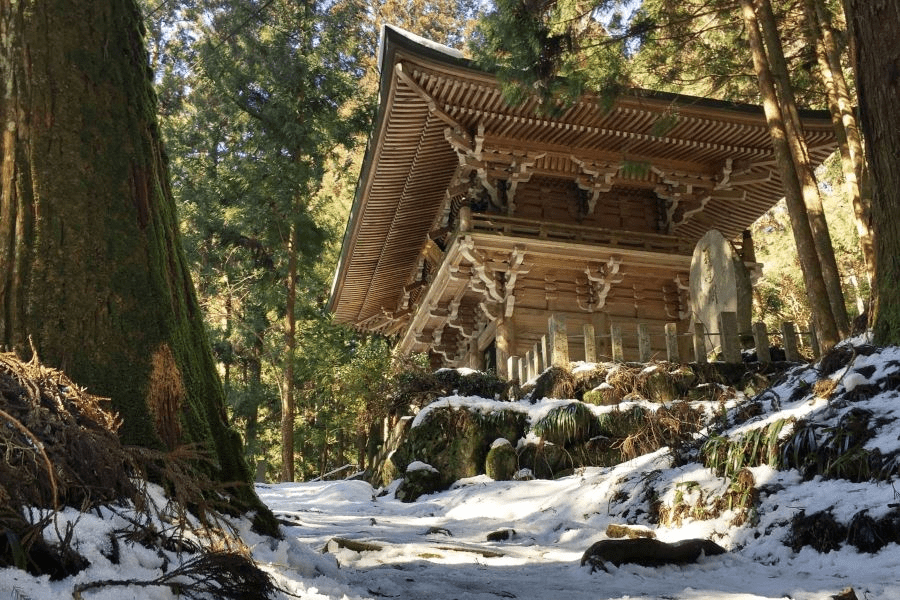Temple 45, Iwaya-ji
Home » Temple 45, Iwaya-ji
Temple 45, Iwaya-ji
Iwaya-ji is temple No. 45 on the Shikoku Pilgrimage, or Henro. If there’s one temple on the pilgrimage you really should visit in Ehime Prefecture, Iwaya-ji is it. The temple is located on Kuma Highland in a gorge formed of conglomerate rock. It inspires awe, from the trek up the hillside, to its location embedded in a pock-marked cliff, and the beauty of its structures. At an altitude of 585 m, this temple is one of the nansho (difficult to reach places) of Ehime and mountain recluses and wandering holy men once performed their religious disciplines among the cliffs here.
What to see
From one of the several car parks near the river, a path leads steeply up through mossy woods. Birds sing. After some tourist shops, there are stone pillars topped with statuettes of Niō guardians. Beyond a turn in the path is the four-legged main gate. At another turn is a statue of Fudō Myōō and Kūkai. Those who can’t climb any more worship here. If you go further up, you encounter countless stone Buddha statues in serried rows from the area across the red bridge. Even further on, you can finally see the precincts if you look up. The home of the priest is built against a cliff that rises straight up into the sky. The cliff looks like mud with rocks stuck in it, and it’s pitted with holes.
When you reach this stage, on the left is a Jizō for the spirits of aborted children, a belfry, and toilets. Beyond these is the Henjōkaku, a new building used for various activities such as meditation. To the right is the water basin, priest’s quarters, and the temple office. A monument in front of the temple office is inscribed with a haiku by Masaoka Shiki;
summer mountains
temple number 45
is Iwaya-ji
A little further up is the main hall, and to the left is the Daishi Hall. The main hall is smaller than the Daishi Hall because the entire mountain is considered to be the principal image. In the main hall is a sitting statue of Fudō Myōō flanked by guardians. A ladder on the right of the main hall goes up to the cave where the hermit Hokke practiced. You can climb the ladder to admire the view of the entire temple complex and the valley below. But remember, what goes up must come down, and the descent calls for more courage than the climb. Higher up and to the right is the Amida Cave. Inside is a bronze statue of flying Amida Nyorai holding a drum.
Below the main hall is the Anazenjō cave extending 20 m into the rock, with statues of Fudō, Jizō, and Kūkai. Water springs from under the Jizō.
After passing the Daishi Hall and going through the Niō Gate, you enter the mountain. It leads to the inner sanctuary, which is a cleft in the rock. The Niō gate was completed in 1790. This was the original entrance to the precincts via the Henro path over the mountain.
History
Kūkai entered the mountain in search of a sacred place in 815 and carved statues of Fudō Myōō in wood and stone, erecting a building to enshrine the wooden statue. The stone statue was enshrined in the cave of the inner sanctuary and hidden from view, and the entire rocky mountain became the principal image.
The Illustrated Life Story of the Venerable Ippen records that Ippen, the founder of the Ji sect, visited the temple in the middle of the Kamakura period. Frederick Starr states that at some point, Iwaya-ji was the inner sanctuary of Temple No. 44, Daihō-ji, but it became independent in 1874.
In 1898, nearly everything burned down except for the Niō Gate and the Kokūzō Hall. After that, it was rebuilt in sequence with the Daishi Hall in 1920, the main hall in 1927, the main gate in 1934, the belfry in 1952, the temple lodging in 1963, and the Seriwari Fudō Hall and Hakusan Gongen Hall in 1978. A lavish new structure, the Henjōkaku, was built on the site of the pilgrim accommodation in 2014.
Legends
When Kūkai entered the mountain he met a female hermit called Hokke who had magic powers from practising austerities in a depression in the cliff. She devoted herself to Kūkai and offered him the mountain.
Information
Name in Japanese: 岩屋寺
Pronunciation: iwayaji
Address: Nanatori 1468, Kumakogencho, Kamiukena District, 791-1511 Ehime
Related Tours

Experience the most beautiful and interesting temples of the Shikoku Pilgrimage in seven days.

A tour for families or friends, staying in the most characterful kominka and ryokan of Shikoku.

Visit the most beautiful and interesting temples of the Shikoku Pilgrimage and walk the toughest trails.


